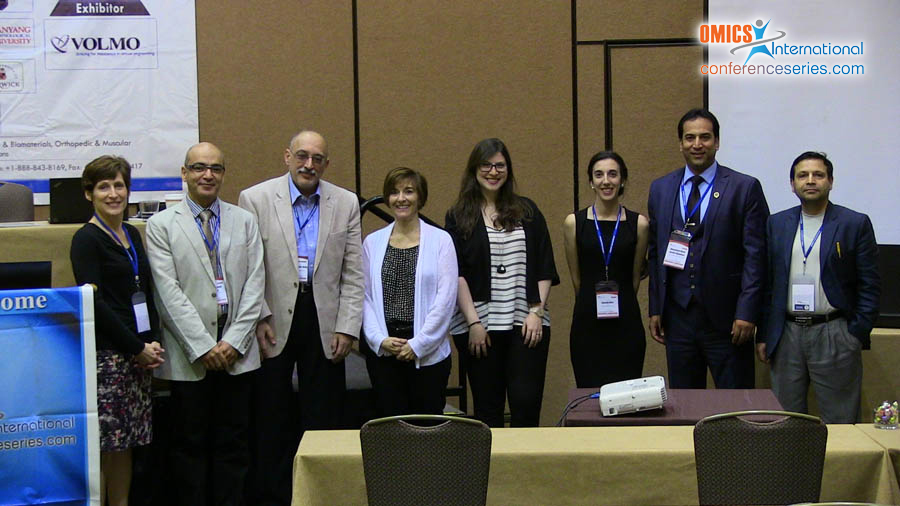
Lisa A Ferrara
OrthoKinetic Technologies, LLC, USA
Title: Innovative biomaterials and surface technologies for medical devices: Observations of mechanotransduction and biologic induction
Biography
Biography: Lisa A Ferrara
Abstract
Over multiple decades, orthopedic medical devices have been fabricated from various materials including metals, polymers, ceramics, and allograft tissue. Each material has intrinsic properties that possess certain mechanical characteristics designed for specific anatomical regions and biomechanical parameters. Numerous challenges still exist with the long-term success of many orthopedic devices, yet as innovation continues to progress rapidly, novel materials and surface geometries offer the potential to optimize interface mechanics for improved osseointegration and performance. Therefore, medical devices must be designed with an understanding of the biological and biomechanical principles at the macro, micro, and nano level to offer improved design and implant function. Optimized surface geometries and novel biomaterials have the potential to improve mechanotransduction, while providing greater biological compatibility and biomechanical synergy for long term implantation. These new technologies potentially possess antibiotic/anti-infective properties, micro/nano-surface technologies for improved osseointegration, and controlled surface structures for directed cellular differentiation. Surface geometries and multidimensional load bearing scaffolds have been incorporated into orthopedic implant designs to provide greater contact surface areas at the tissue and bone interface and contribute to improved performance for long term stabilization and immobilization of the tissue. Additionally, the advent of new manufacturing technologies can develop intricate structural scaffolds and nanosurfaces that provide controlled and predictable mechanical stimuli to the cell, where mechanotransduction can be optimized to improve implant function. Therefore, the objective of this work will be to present an overview of a few of these novel technologies, and to present the effects of these novel biomaterials, surface technologies, and structural designs on mechanotransduction and tissue healing.





